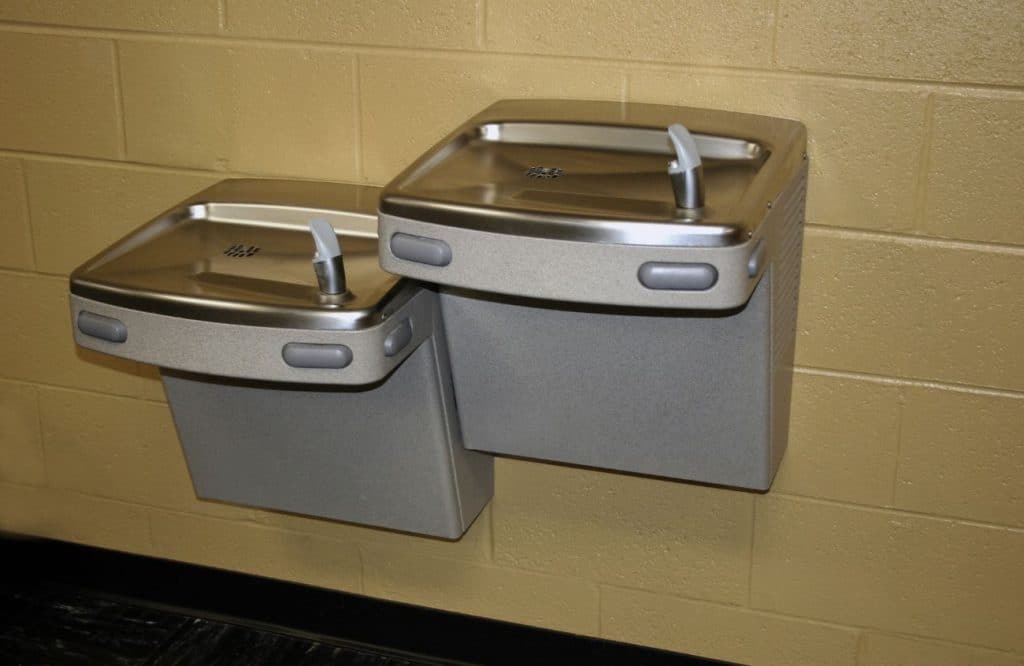Overview:
- ASHE’s Health Facilities Management magazine’s Hospital Construction Survey indicates that troublesome trends of higher prices, less available labor, and scarce supplies are still plaguing the hospital construction industry.
- Protecting the integrity of existing systems becomes paramount – especially critical systems like the potable water plumbing, medical gas piping, and process water piping.
- An industry-leading Clinic with a large network of healthcare facilities updated piping schematics across their facilities and saw an ROI in the thousands.
The American Society for Health Care Engineering’s Health Facilities Management magazine has published the results of its annual Hospital Construction Survey, with responses from over 500 hospital and health system managers and executives. The results confirm that the troublesome trends of higher prices, less available labor, and scarce supplies are still plaguing the hospital construction industry. In fact, nearly half of all survey respondents have seen construction cost increases on “76% to 100% of their recent projects.” In this landscape, protecting your facility’s integrity is paramount; a breakdown of any aging systems could mean shutting down entire departments or wings of your hospital. Ensuring the longevity of critical infrastructure that could take years to replace due to supply chain delays will help save time, money, and the reputation of your health system.
Higher Costs, Higher Priorities
In the same survey, hospitals indicated that one of the top five building services equipment projects being replaced and upgraded in 2025 is plumbing, coming in with 12% of the response. Piping systems, responsible for the transportation of potable water, medical gases, and process water, form the lifeline of hospitals, ensuring essential functions such as sanitation, patient care, and facility maintenance. However, the survey’s emphasis on rising construction costs underscores the urgency of implementing proactive measures to protect these investments.
“The top five building services equipment projects being replaced and upgraded by hospitals in the next year are air handlers (24%), elevators (15%), chillers (14%), electrical switchgear/transformers (14%) and plumbing (12%).“

One of the most effective strategies to keep a proactive approach to plumbing protection is the development and maintenance of updated and accurate piping schematics. Outdated or poorly documented schematics present a significant obstacle; in the case of an emergency, partial or out of date schematics will hinder maintenance efforts and increase the risk of costly disruptions. If maintenance staff is unable to rapidly locate a valve to stop a leak, every passing moment costs the hospital – both in operational costs and in potential building repair costs from any damage done by broken pipes. By investing in updated piping schematics, healthcare facilities can gain valuable insights into their potable water plumbing and medical gas piping infrastructure. This information can allow the targeting of scarce resources and enable educated decision-making.
Case Study: The Return on Investment
The return on investment of a dynamic piping schematic system can speak for itself: One industry-leading Clinic with a large network of healthcare facilities faced common cost and compliance issues due to unreliable and out of date piping schematics. Using extensive manpower hours, legacy notes, and limited contractor support, the patchwork for routine piping infrastructure maintenance seemed unsustainable. Based on the Clinic’s maintenance staff rates of $32 per hour, the monthly average of staff time involved in tracing leaks, valves, and unlabeled piping revealed a consistent impact averaging a staggering $25,000 per month.
After updating their piping schematics with onsite surveys and the production of digital CAD schematics for buildings across their network of facilities, the Clinic had documented over 500 unknown valve locations and reduced their staff’s time system searching by nearly 200 hours. The Clinic’s piping schematic systems are now updated annually for accuracy and to accommodate expansions across multiple piping utility systems. They are the source of information insight for service and for the planning of water, medical gas, and process piping construction projects. The monthly hours of searching for valves, dead-legs, and verifying unlabeled piping have been eliminated. The Clinic no longer must waste maintenance staff hours due to piping uncertainty, further driving the value of their updated schematics.
By investing in the information and knowledge of their piping infrastructure, this Clinic can pick and choose where their construction dollars will be spent most efficiently and effectively for any piping system projects. By eliminating the labor costs of time spent looking for valves or tracing and verifying unlabeled pipes, the Clinic can save elsewhere to help offset the skyrocketing prices of construction projects.
Proactivity Versus Reactivity
Rather than be reactive to the issues revealed in the Hospital Construction Survey, healthcare systems should be proactive in their infrastructure management, emphasizing the need to protect investments and ensure operational resilience. By prioritizing the development and maintenance of accurate, up-to-date, and as-installed piping schematics, healthcare facilities can mitigate risks, optimize resources, and uphold their commitment to patient care and safety. In an era marked by rising construction costs and increasing demands, investing in piping infrastructure is both a prudent financial decision and a testament to the dedication of healthcare providers to ensure the safety of their staff and patients.


